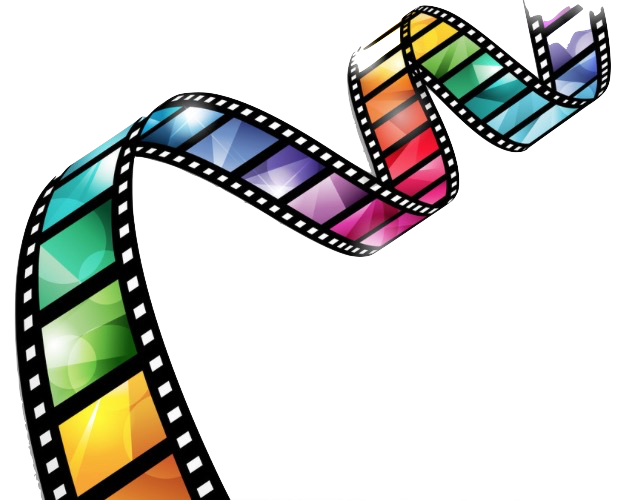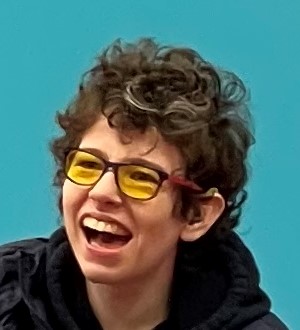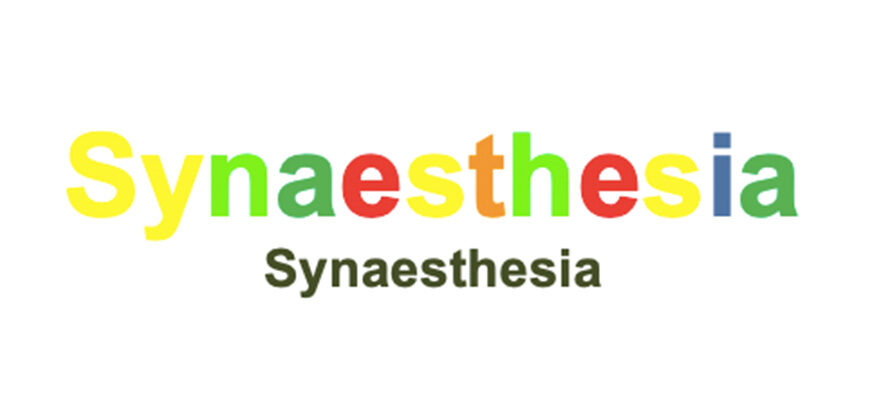As someone with cerebral palsy it seems the brain damage I received at birth plays a big part in my learning style. When the brain has a traumatic assault it works hard to find different ways to carry out essential life tasks. These are tasks such as communication, vision and cognitive skills etc. Often these newly developed neural pathways are termed brain plasticity.
Discovering I think differently from others

Until the age of 16 I thought what went on in my head was normal. I knew I had never developed an inner voice for reading. At home we had spent hours using many different strategies to help me do this, all to no avail. I can’t now remember why but one day when we were talking about an inner voice I explained what happened in my head as I was thinking. As a visual learner, I capture everything as shapes, photographs and images. In my head I see a vibrant stream of visual images, symbols and pictures, a glorious technicolour reel, that relates to what I’m thinking. But I also see and feel in colours.
Early learning style
My journey to understanding my learning style has been in steps. When I was starting to read, I found it really easy, I could remember the shape and colour of each word. I attributed this to the Letterland frieze I’d had in my bedroom since I was around 18 months old. I gave each letter the shape and colour of the letterland letters and combined them into a shape/image I could easily recall.

Having no inner voice became distressing
Between 8 and 11, I struggled to read silently. Unfortunately no one appeared to believe me at school. I always thought it was because I had difficulty hearing some sounds and could not sound out due to my dysarthria. As I got older this started to become distressing. At home we tried many different techniques to develop an internal voice, but my progress to age 15 was slow. I enjoyed reading, I used headphones for school fiction, listening to an unabridged tape. Reading the words at the same time as hearing them meant somehow the words sprang off the page in images.
My thoughts are made up of concrete and abstract images
My reading got better at 16, partially due to new hearing aids. But also partially due to new guidance for school from the teacher for the hearing impaired. Then there was also the light bulb moment when I realized I thought in pictures, symbols and graphic images. I started to think about where these came from and understood I’d drawn these from every walk of my life. Some were early Dynavox communication aid symbols whilst others are more abstract. Harry is round glasses and a lightning scar, I wonder where that came from? Some are photographic images, and others are cartoons or drawings. Whenever I start to think the images appear and become like a film reel as they whizz through my head.
Reading as an adult
As an adult I can now read in my head, practice has made me faster. Although for complex academic texts I still prefer sound input to activate my senses so I can see what I’m reading in my picture reel. This is especially important if I need to learn the topic, or want to use it for an assignment. Unfortunately, early digital voices didn’t work too well due to tone, but the more I’ve practised the easier it’s become for short texts. However, for more complex vocabulary, particularly new stuff I need to supplement my hearing with lip reading so I still need some additional human input.
Wow, Synaesthesia
At 19 I met a new speech and language therapist. After a while started asking me questions about how I thought, and what I did when I was reading. She herself was a synaesthesete and had identified some of the strategies I had developed at university that could explain my learning style. She encouraged me to go away and watch a BBC documentary made by Horizon in 2004, from the moment the programme started I cried, this was me.
I then took the Synaesthesia Battery Test https://synesthesia.com/blog/synesthesia-tests/ . The results were amazing, apparently, I have perfect pitch, I see numbers, months and weekdays in spatial sequences. But most interestingly everything for me is about colour, and shades of colour, for instance, each person I meet has a colour.
What is synaesthesia?
It seems synaesthesia is a union of the senses (UK Synaesthesia Association), 2 or more of the 5 senses normally experienced separately, are joined involuntarily, and automatically. This is something that cannot be turned on and off. It is an unconscious and automatic process, completely outside of the control of the individual. The concepts can relate to feelings, thoughts and emotions and once formed are durable and constant, they are unique and specific to each individual. This means synaesthesia is not a disease, illness or harmful to health, and there is no cure.
What causes synaesthesia?
Synaesthesia has 3 known causes; genetics, brain distortion (drugs) or brain injury. There are whole families where the condition has run for generations. Apparently, it is well known that drugs can cause hallucinations, vivid imagery and colourful, creative language. In my case it seems my brain injury at birth is the cause.
How synaesthesia works
Most people experience the typical 5 senses in the way nature designed them and would not question other people might experience them differently. Generally, what people see, smell, hear, taste or feel is assumed to be palsy common to all. We look, and the brain sees the image outside of our body. We listen, and the brain interprets the sound. Synaesthesia doesn’t work in quite the same way, for me the experience is a bit like a melting pot; what you put in, is not always what you get out. In goes the original component, be it a word, a sound, or a feeling, and it is experienced in a different medium, such as a timeline, a colour, smell or a taste. On the positive side many synaesthesetes have exceptional memories, high spatial awareness and strong verbal comprehension, yet some have a poor sense of direction, mix up left and right and are sometimes diagnosed with dyslexia or dyscalculia. In my case I am definitely not dyslexic although my maths ability is questionable.
My learning style
So, add the bright and vivid visual images when I think, to the colours and spatial sequences and everything in my head explodes.
Early learning experiences
After realising I had synaesthesia I spoke to 2 of my primary school teaching assistants, to ask them if they recalled how I learned. One was with me for most of Key stage 1, and the other for 4 years in Key Stage 2. What they said was I found phonics difficult and tiring. And, for someone who didn’t understand me very well my utterances could be misinterpreted when I did know the sounds. My schools taught phonics, because the national curriculum said they should. I always say Jolly Phonics, was not so jolly for me. Being unable to easily sound out is a big disadvantage with this method.
I also now know that if someone uses AAC then phonics does not predict how literate they might become. Secondly, the literature suggests if a child using AAC develops literacy skills getting past a reading age of 7 or 8 is challenging. This is the age I struggled to move from whole word recall, to sounding out and breaking down words into chunks.
Stopping the words jumping on the page
 When I first started university my academic mentor, suggested buying a yellow overlay, as used by people with dyslexia. This was because I was finding it hard to read and to follow when my assistants read aloud the academic texts for my course as the letters just jumped off the page or moved. This made an enormous difference, and I find printing notes on coloured paper helpful. For the same reason I wear yellow glasses to look at the whiteboard. I have always found numbers difficult, although I have no problems with logic and reasoning.
When I first started university my academic mentor, suggested buying a yellow overlay, as used by people with dyslexia. This was because I was finding it hard to read and to follow when my assistants read aloud the academic texts for my course as the letters just jumped off the page or moved. This made an enormous difference, and I find printing notes on coloured paper helpful. For the same reason I wear yellow glasses to look at the whiteboard. I have always found numbers difficult, although I have no problems with logic and reasoning.
Storing concepts in long term memory
I find capital letters much more difficult for reading and prefer lower case letters. To me capitals are shouty letters, angry and hard. The curves and lines of those little letters have more shape definition, and I see them in my colours. I visualize my long term memory as a colourful filing cabinet. In order to store information in my files I need to have a hook so I can retrieve it when needed. This process is enhanced by using the strategies, taught to me by the teacher for the hearing impaired to learn vocabulary. But now I supplement this with a visual immediately, especially if the term changes depending on context. If something new comes up during a lecture, and/or workshop, then I don’t worry about the visual until later. After the session, I rework my notes, with the academic assistant who took them. During this process I can then attribute an image to a new concept or word, so I learn it and its meaning as I store it in my long term memory.
Working with numbers
I don’t have an effective learning style for numeracy. When I did a sum at school, however simple, the numbers wouldn’t combine together. It seems I could not make sense of them, the sequencing just isn’t right in my head. Maybe because my odd and even numbers are red and green, and as colours they just don’t mix.
Contextual learning style
Research also finds sounds, looks and smells, can be linked in working memory, before being stored in long term memory. I am sure if we all think of a cup of coffee, we can probably see it, possibly taste it and maybe smell it. A good friend of mine who teaches in a special school explained to me, that ‘symbols, pictures, objects or sign give children more context, and supports their understanding. It seems to make topics less abstract, and supports memory’. This really resonates for me.
I feel I had a breakthrough learning first about thinking in pictures and then about my synaesthesia. I’m very grateful to my speech and language therapist, for sharing her thoughts, with me. Understanding my brain, and harnessing the power of my synaesthesia, it has brought a wealth of new opportunities.
It is a bit like having a super power, I have been able to make the seemingly impossible possible.
Understanding how I think has opened a whole new world of learning.


If you found this interesting or
helpful please feel free to share.